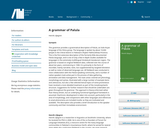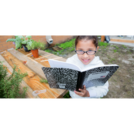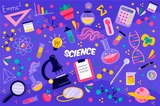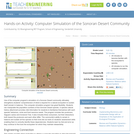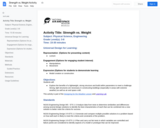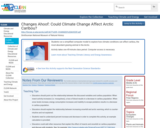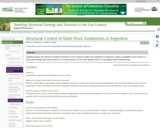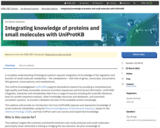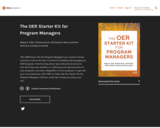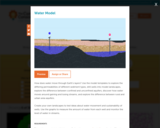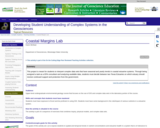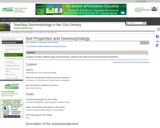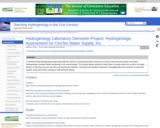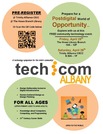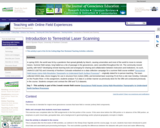
In spring 2020, the world was hit by a pandemic that spread globally by March, causing universities and most of the world to move to remote means. Summer field camps, long hailed as a rite of passage in the geosciences, were cancelled throughout the US. The community moved quickly, with NAGT developing remote learning tools and arranging for sharing and collaboration between instructors and institutions. As such, UNAVCO (GETSI) and University of Northern Colorado embarked on a data collection campaign for a summer field course entitled "Geoscience Field Issues Using High-Resolution Topography to Understand Earth Surface Processes" -- originally slated for in-person teaching. The team collected GNSS data, drone imagery for use in structure from motion (SfM), and terrestrial laser scanning (TLS) from a site near Greeley, Colorado on the Poudre River. In this assignment, students analyze TLS data in a similar manner as previously done for the SfM unit conducted previously in the course. Students compare and contrast the SfM and TLS datasets.
Day 7 - This activity is part of the 2-week remote field course Geoscience Field Issues Using High-Resolution Topography to Understand Earth Surface Processes
(Note: this resource was added to OER Commons as part of a batch upload of over 2,200 records. If you notice an issue with the quality of the metadata, please let us know by using the 'report' button and we will flag it for consideration.)
- Subject:
- Biology
- Life Science
- Material Type:
- Activity/Lab
- Simulation
- Provider:
- Science Education Resource Center (SERC) at Carleton College
- Provider Set:
- Teach the Earth
- Author:
- Beth Pratt-Sitaula
- Sharon Bywater-Reyes
- Date Added:
- 08/11/2022
